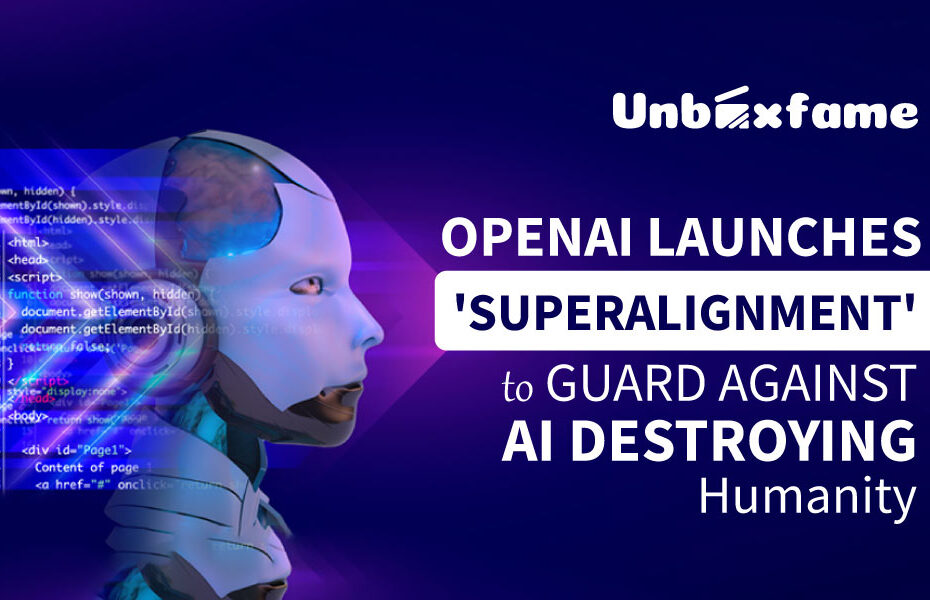Artificial intelligence lab OpenAI is launching a new “alignment” exploration division, designed to prepare for the rise of artificial super intelligence and insure it does not go mischief. This future type of AI is anticipated to have lesser than mortal situations of intelligence including logic capabilities.
Experimenters are concerned that if it’s deranged to mortal values, it could beget serious detriment. Dubbed “super alignment ”, OpenAI, which makes ChatGPT and a range of other AI tools, says there needs to be both scientific and specialized improvements to steer and control AI systems that could be vastly further intelligent than the humans that created it.
To break the problem OpenAI’ll devote 20 of its current cipher power to running computations and working the alignment problem. AI alignment looking beyond AGI OpenAI co-founder Ilya Sutskever and head of alignment Jan Leike wrote a blog post on the conception of super alignment, suggesting that the power of a super intelligent AI could lead to the disempowerment of humanity or indeed mortal extermination.
“Currently, we do not have a result for steering or controlling a potentially super intelligent AI, and preventing it from going rogue,” the brace wrote. They’ve decided to look beyond artificial general intelligence (AGI), which is anticipated to have mortal situations of intelligence, and rather concentrate on what comes next.
This is because they believe AGI is on the horizon and super intelligent AI is likely to crop by the end of this decade, with the ultimate presenting a much lesser trouble to humanity. Current AI alignment ways, used on models like GPT- 4 – the technology that underpins ChatGPT – involve underpinning learning from mortal feedback.
This relies on mortal capability to supervise the AI but that won’t be possible if the AI is smarter than humans and can outsmart its overseers. “Other hypotheticals could also break down in the future, like favorable generalisation parcels during deployment or our models’ incapability to successfully descry and undermine supervision during training,” explained Sutsker and Leike.
This all means that the current ways and technologies won’t gauge up to work with super intelligence and so new approaches are demanded. “Our thing is to make a roughly mortal- position automated alignment experimenter. We can also use vast quantities of cipher to gauge our sweats, and iteratively align super intelligence,” the brace declared.
Super intelligent AI could out- suppose humans OpenAI has set out three way to achieving the thing of creating a mortal- position automated alignment experimenter that can be gauged up to keep an eye on any unborn super intelligence. This includes furnishing a training signal on tasks that are delicate for humans to estimate – effectively using AI systems to estimate other AI systems.
They also plan to explore how the models being erected by OpenAI generalise oversight tasks that it can’t supervise. There are also moves to validate the alignment of systems, specifically automating the hunt for problematic geste externally and within systems. Eventually the plan is to test the entire channel by resignedly training misaligned models, also running the new AI coach over them to see if it can knock it back into shape, a process known as inimical testing.
In publishing and graphic design, Lorem ipsum is a placeholder text commonly used to demonstrate the visual form of a document or a typeface without relying on meaningful content.
